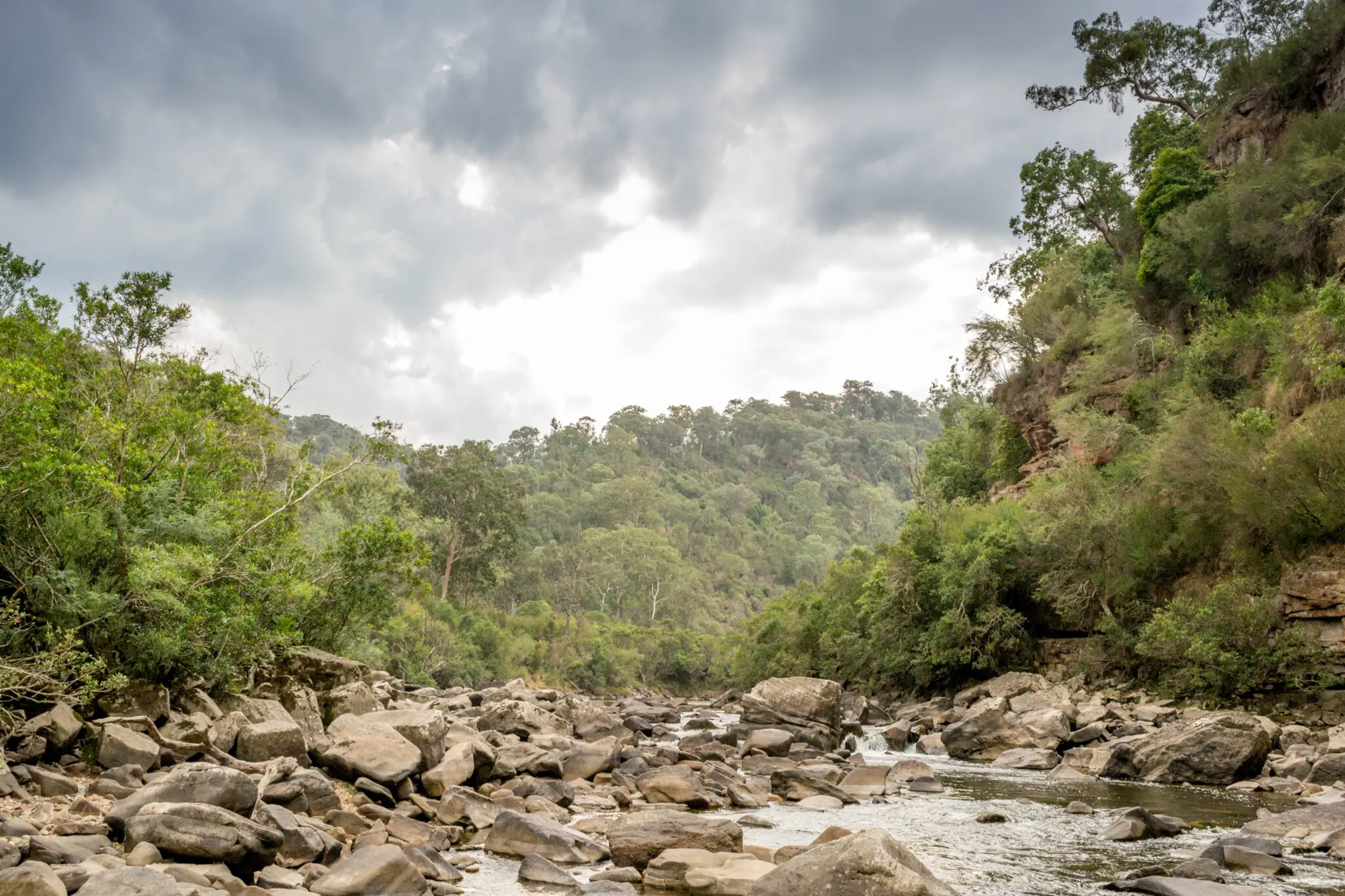What brings you to the Latrobe Valley?

As an early career researcher, the Forum is an excellent opportunity to learn about current research in post-mine transitions, and to connect with professionals across different sectors. I will also be presenting some of my research on climate change risks to mine closure planning, and will continue those conversations with other attendees throughout the Forum.
Tell us about your research: what are you working on, who are you working with and how did you get involved?
I am a Research Fellow within the Centre for Water in the Minerals Industry at the Sustainable Minerals Institute, University of Queensland. In this role, I quantify climate change impacts to our water resources and surrounding environment, and then apply this knowledge to identify climate-related risks in the context of mine-closure. Consideration of climate risks to the mine lifecycle is a young and challenging field of research due to the wide range of impacts that need to be considered, and uncertainty on the best way to go about it. One challenge is related to the huge volumes of available climate data, but limited knowledge or experience of how to appropriately use it for closure applications. These issues are especially pertinent to post-mine transitions, where our efforts today should be working towards a sustainable, long-term future. My current research should help facilitate this transition by providing data, knowledge and tools to mining companies and governments. We are collaborating with the Queensland Department of Environment and Science (DES) who are currently developing new, high resolution climate projections for Queensland and Australia more broadly. We are leveraging this data for our own research.
What do you think is the most pressing matter in mine closure and post-mine transitions in the Valley?
I am interested to see what the future has in store for the pits. Pits that are turned into pit lakes will provide a real-life climate change impacts experiment. It is expected that the pits will take decades to fill due to their large size, with climate change affecting the lake levels and fill time by altering catchment runoff, storm events and evaporation. Climate change may also result in increased water temperatures, longer dry periods, higher evaporation – all of which are likely to impact on water quality by altering acid mine drainage (AMD) processes and changing eutrophication risks. Considering the various risks related to water availability and quality, communicating the science effectively with different stakeholders will be critical in developing a holistic plan for the region.
What do you think is the most pressing matter in mine closure and post-mine transitions in the Valley, nationally and internationally?
I believe we need to improve our long-term thinking and planning – post-mine transitions are a marathon, not a sprint. This applies to different aspects of the post-mine transition, from developing new employment opportunities and reskilling staff, to ensuring resilient environmental management where long-term legacy issues are alleviated. Long-term thinking is hard by nature, and is exacerbated when there are other challenges that need to be addressed immediately. I believe governments have critical roles to play here and can contribute to long-term, holistic thinking by providing strong policy, frameworks and facilitation of research for the broader good.
Mine transition leaders from around the country are coming to the Walley for the Annual Forum. What would you like them to know about this area?
Firstly, they should attend my talk to learn a bit more about potential climate change risks to mine closure planning! Over the last year or so, we have been using new climate data simulations to quantify risk levels to a range of factors important to mine closure design and planning, including water balances, landform stability, revegetation, and so on. These data are being used to identify the major climate change-related risks, and how that varies regionally across Queensland. I do not want to spoil my presentation for those planning to attend, but a couple of interesting findings to date are: 1. In some instances, climate change may actually have positive implications for mined lands; 2. Initial findings suggest that some mining regions will be the hotspot of climate-related risks.

